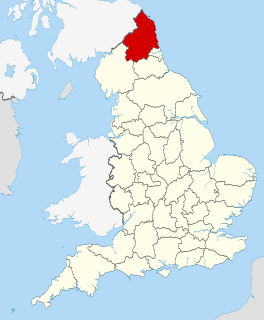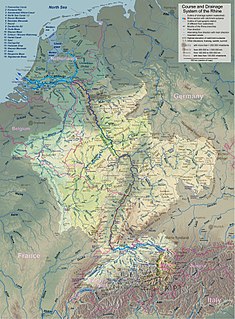
Ary Scheffer was a Dutch-French Romantic painter. He was known mostly for his works based on literature, with paintings based on the works of Dante, Goethe, and Lord Byron, as well as religious subjects. He was also a prolific painter of portraits of famous and influential people in his lifetime. Politically, Scheffer had strong ties to King Louis Philippe I, having been employed as a teacher of the latter's children, which allowed him to live a life of luxury for many years until the French Revolution of 1848.
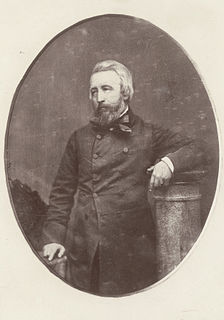
John Skinner Prout (1805–1876) was a British painter, writer, lithographer and art teacher.

Thomas Wijck was a Dutch painter of port views and genre paintings.

Jean Victor Adam (1801–1867) was a French painter and lithographer.
John Wykeham Archer was a British artist, engraver and writer.
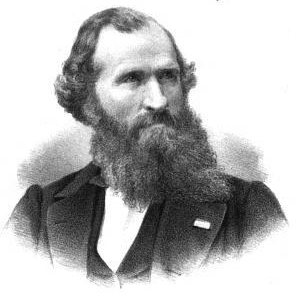
Johan Fredrik Eckersberg was a Norwegian painter most noted for his landscapes. Eckersberg was a prominent figure in the transition from Romanticism to Realism in 19th-century Norwegian art, both as an artistic painter and a teacher at his own art school in Oslo.

Charles Vacher (1818–1883) was a British painter in watercolours.

Edmund Bristow was an English animal, still life and subject painter.

Richard Brompton, was an English portrait painter.
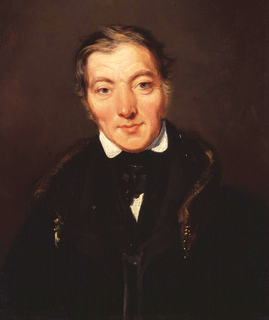
William Henry Brooke (1772–1860) was a British artist and illustrator.

Eugène-Ferdinand Buttura, was a French historical landscape painter.

John Wilson Carmichael, also known as John Carmichael was an English marine painter.

Johann Hermann Carmiencke or John Hermann Carmiencke was a landscape painter and etcher.

Michiel Carree or Carré was a Dutch Golden Age painter.

Joseph Cartwright was an English marine painter.

Thomas Crane (1808–1859) was an English artist and portrait painter.

James Hakewill (1778–1843) was an English architect, best known for his illustrated publications.
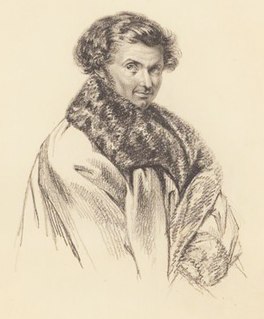
Johann Christian Michel Ezdorf or Etzdorf (1801–1851), a German landscape painter, was born at Pösneck, in the duchy of Saxe-Meiningen. He studied landscape painting in Munich and its environs, and displayed an especial talent in representing gloomy forests, taking as his models the works of Ruisdael and Van Everdingen. He visited Norway, the North Cape, Sweden, Iceland, and England. One of his best paintings is in the Modern Gallery at Munich; it represents a Forge by the side of a Waterfall. He died at Munich in 1851.

Richard Wright was an English marine painter. An entirely self-taught artist, he first appeared as an exhibitor in London in 1760, and between that date and 1773 exhibited twenty-five works with the Incorporated Society of Artists and one with the Free Society.
John Evan Hodgson was an English painter.
The public domain consists of all the creative works to which no exclusive intellectual property rights apply. Those rights may have expired, been forfeited, expressly waived, or may be inapplicable.

Michael Bryan was an English art historian, art dealer and connoisseur. He was involved in the purchase and resale of the great French Orleans Collection of art, selling it on to a British syndicate, and owned a fashionable art gallery in Savile Row, London. His book, Biographical and Critical Dictionary of Painters and Engravers, first published in 1813-16, was a standard reference work throughout the 19th century, and was last republished in 1920; however it is now badly outdated.



